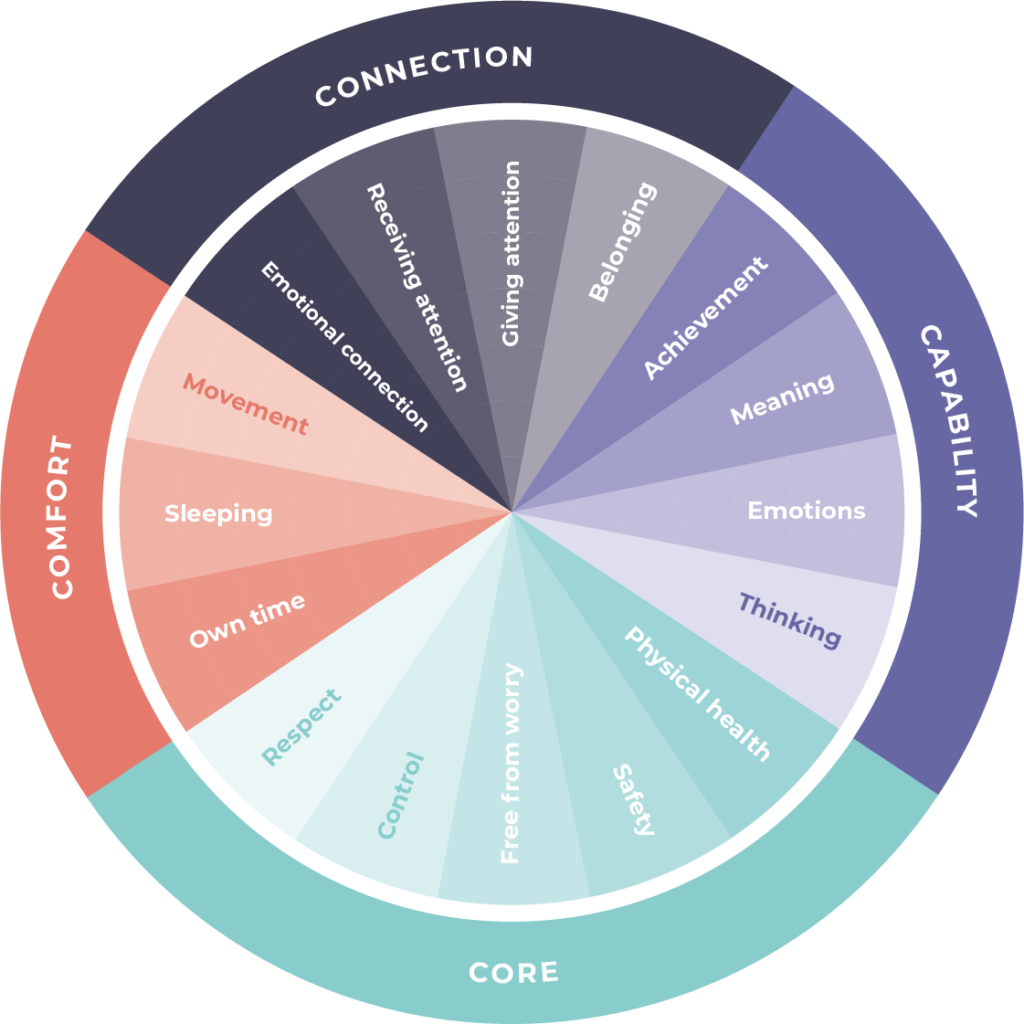Most organisations have some form of employee wellbeing days at work. But what purpose do they serve? And are they the most valuable tool for improving mental health and wellbeing in your teams?
There are a number of benefits and drawbacks to workplace wellbeing days. Deciding how they fit into your wider wellbeing strategy is critical to ensure they have a positive impact on your people.
What are employee wellbeing days at work?

Workplace wellness days often include exercises that focus on both physical and psychological activities such as yoga, mindfulness and nutritionist guidance. These activities serve to reinforce the importance of self-care, stress management, and striking the right balance between work and rest.
Organisations decide on the frequency and duration, but most commonly these occur once a quarter to once a year.
What are the benefits of employee wellbeing days at work?
Recharging employees
Wellbeing days are a quick and easy way to get everyone in the organisation recharged and focused on themselves. When done correctly, and reinforced with a supportive message from leadership, wellbeing days can set a powerful precedent for creating a healthy working environment.
Boosting morale
Genuine wellbeing initiatives can be a huge motivator and morale booster for employees who feel dissatisfied with the status quo. But leaders must ensure this is not treated as a tick box exercise and is followed with real cultural change.
Provides a range of solutions
An employee wellbeing at work day gives everyone the opportunity to learn a new skill or tool they can possibly use to help manage their own mental health. Getting expert advice from leaders in their field also means employees can get real-time feedback, answers to questions and personalised advice.
What are the drawbacks?
We all have different needs
Wellbeing weeks are often well-intentioned initiatives driven by a want to make real improvements. But unfortunately a one-size-fits-all approach rarely drives change when it comes to wellbeing and mental health.
Why? Because even if we are all the same at our core, we are all very different. Despite all humans having the same innate human needs, we all tend to experience them differently. We often seek to get them met differently and they can have a different meaning to each of us.
If your customer service team is struggling mentally because they’re lacking sleep due to stress, tight deadlines and longer hours, a workshop on improving their nutrition isn’t valuable – and may even result in further frustration with your organisation.
Another issue with this is that a lot of our needs are actually subconscious. When we’re feeling anxious, stressed or depressed we struggle to identify exactly what’s causing it. For example, employees may recognise they are stressed because they are struggling to get through their workload. However, they may not realise that it is because they aren’t getting enough of their own time throughout the day.
Therefore, an employee wellbeing day at work most likely will never speak to the majority of your people because they are not a homogeneous group who experience identical needs.
A culture of wellbeing is 365 days a year
Unfortunately, a one-day wellbeing initiative every few months cannot sustain a culture of wellbeing alone. These principles and values have to be truly embedded throughout the organisation at every level.
Too often workplace wellbeing days can feel like inauthentic lip-service because they don’t line up with people’s actual experience at work. Therefore, HR and senior management need to ensure that these values are incorporated and consistently reinforced through action.
For example, if your employee wellbeing day underlines the importance of respect and communication then everyone, including the C-suite, line managers and employees should embody these values. Small gestures such as thanking and appreciating others for the work they have done or having honest and thoughtful conversations should be part of your company culture.
Mental health and wellbeing is personal
It’s important to remember that most employees may not feel comfortable sharing some of their personal concerns during an employee wellbeing day at work. In fact, 68% of people would prefer to talk to a robot over their manager about stress and anxiety at work.
Therefore, while it can be beneficial for line managers and senior management to have an overview of their team’s needs, the advice should always be directed to the individual and curated around their experience at work. This is rarely possible in a workplace wellbeing day as sessions are delivered in groups or team settings.
How can I create a culture of wellbeing?

There are 16 key areas that affect mental health and wellbeing, outlined in the 4C Model, and the most effective way to uncover how individuals at your organisation feel is to survey them.
WeThrive’s mental health and wellbeing survey uncovers your people’s conscious and subconscious needs to deliver simple and easy-to-follow action recommendations to help each individual manage and improve in the areas they are struggling.
Try out WeThrive’s mental health and wellbeing survey free of charge for you and 9 others in your organisation. Sign up today – no credit card required – to learn more about your own human needs and get some simple recommendations to improve wellbeing.



